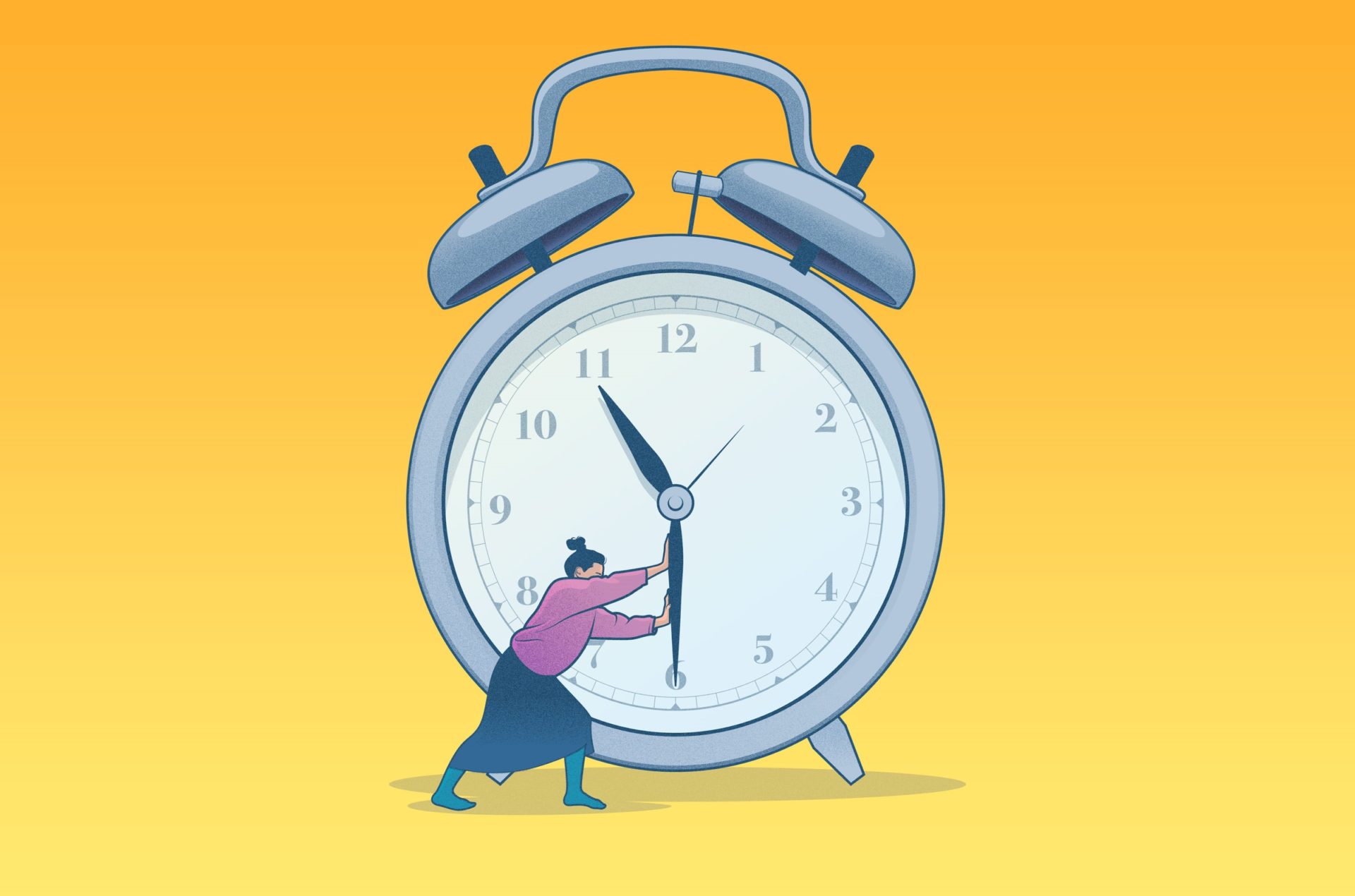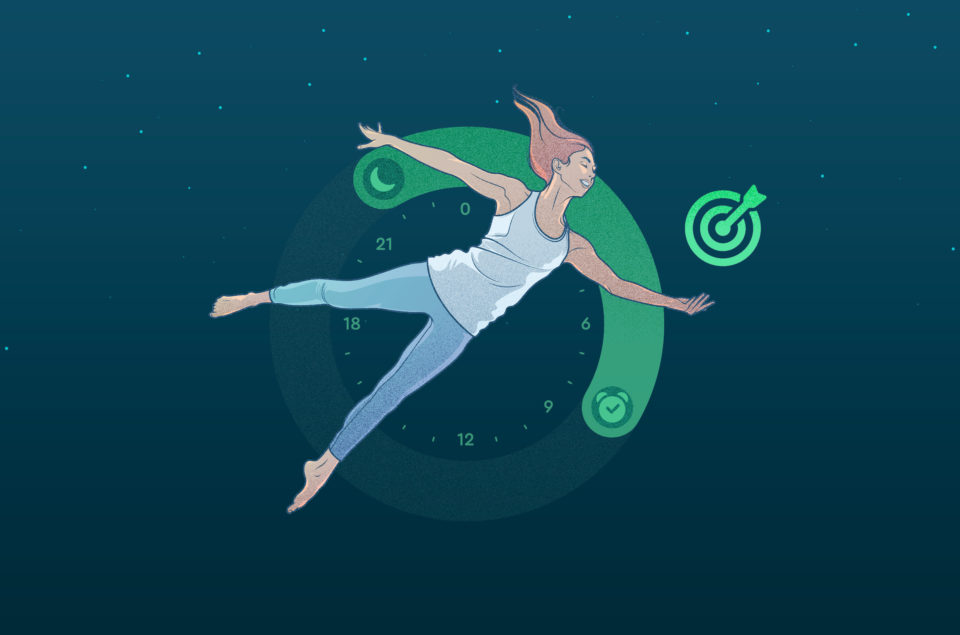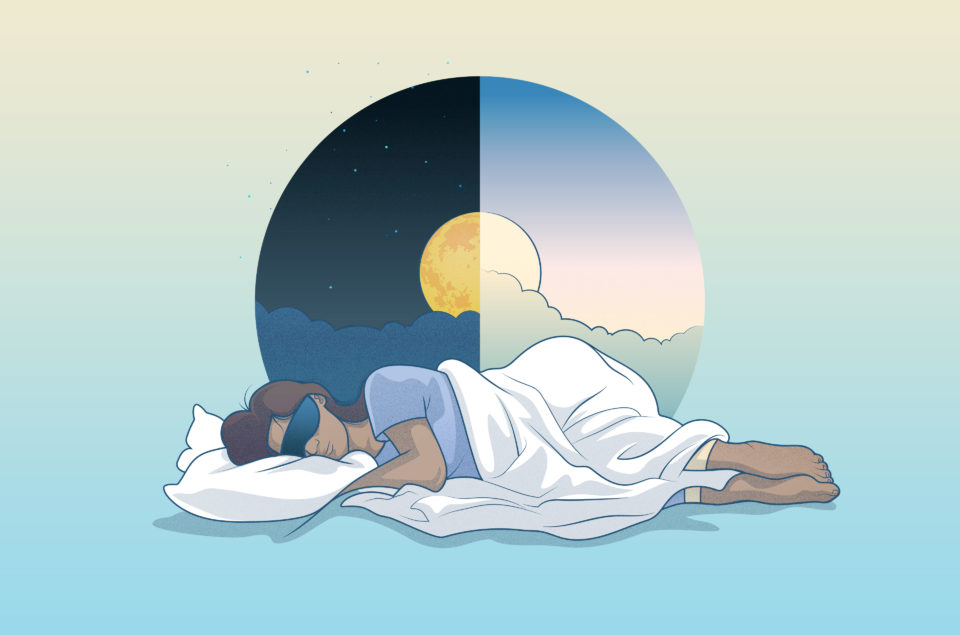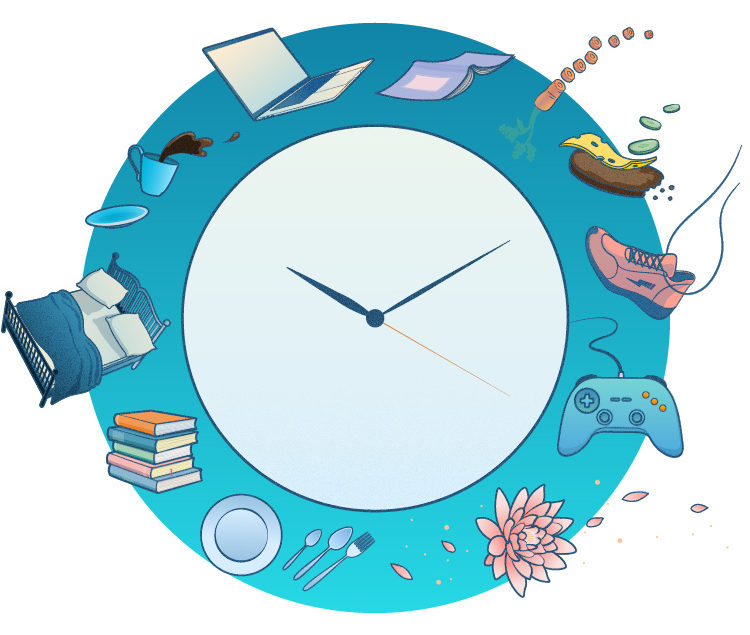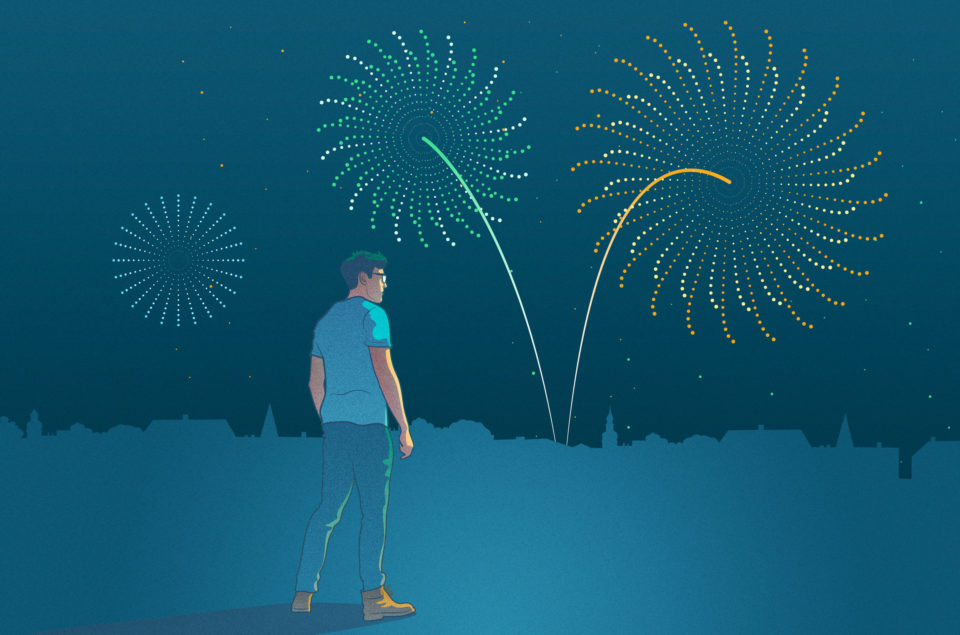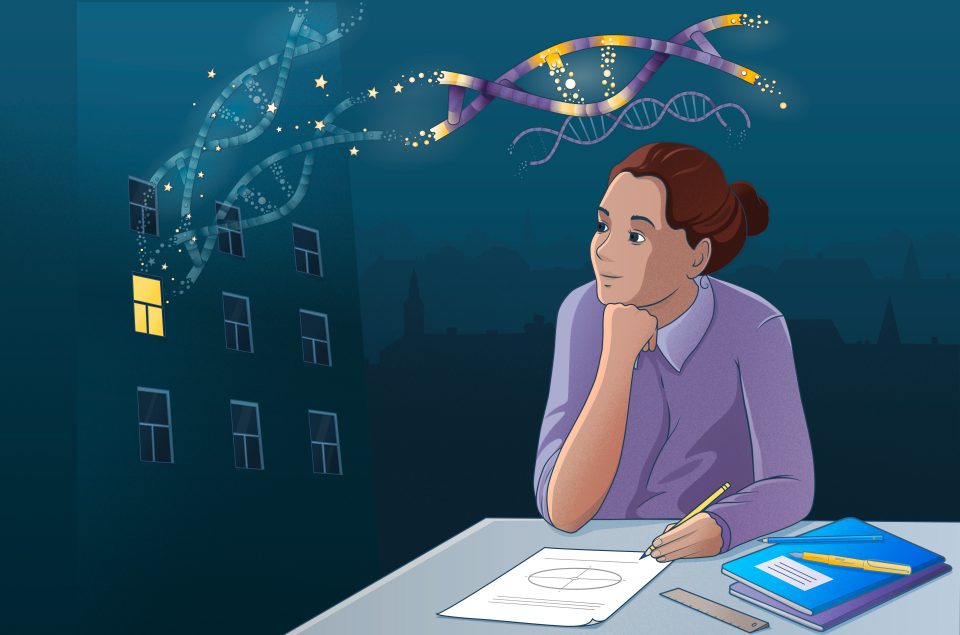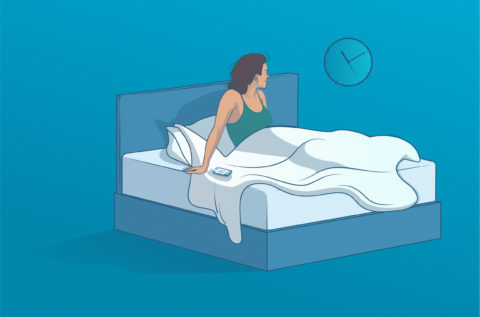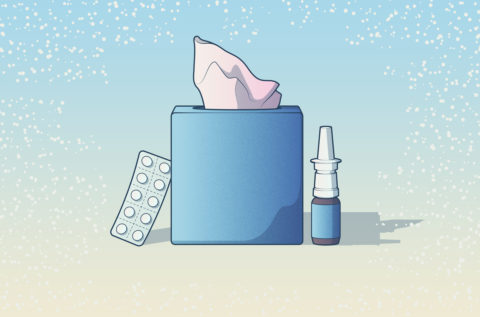Each year, in autumn, we set our clocks back one hour, officially marking the end of Daylight Savings Time. Many people welcome the idea of “gaining” an hour of sleep and staying in bed a while longer. However, this respite is only temporary – shifting our collective sleep schedules by an hour can have a lasting effect and upend our sleep for days.
Jump directly to “How to adjust to the end of Daylight Saving Time“
Do we sleep more or less during the end of Daylight Saving Time?
You may be thinking “It’s just one hour, how much of a difference can it make”? Research has shown that The Daylight Savings Time transitions in spring and fall can result in sleep loss and sleep disruptions throughout the week and beyond. Generally speaking, the beginning of Daylight Savings Time, when we move our clocks forward one hour, has a larger impact on sleep as more daylight makes it more difficult to fall asleep. However, our bodies still require time and attention to adjust to the “fall back.”
Research shows that the “extra” hour of sleep we theoretically receive when Daylight Savings Time ends does not actually result in more sleep for most of us. During the autumn transition, most people tend to wake up earlier than usual, which results in a net loss of sleep across the week. For those who are naturally early risers or those who routinely sleep for shorter periods of time, the adjustment is even more difficult and may take longer.
Consequences in sleep and health at end of DST
Sleep loss caused by the end of Daylight Savings Time (DST) followed by altered sleep and wake-up times can elevate symptoms of sleep deprivation. People are then more likely to be moody, irritable, and tired during the day with trouble concentrating. This can lead to more traffic accidents, as people drive home from work in darkness. Moreover, the chances of experiencing sleep inertia in the morning increase during the first week after changing to Standard Time.
Obviously, everyone experiences the end of DST differently. For example, those suffering from a sleep disorder or mental health conditions (like Seasonal Affective Disorder) are more vulnerable to the effects of DST endings in sleep and overall health. And depending on the location, the transition will be even more noticeable (i.e states like Washington or Montana will get less light than southern states like Florida or Louisiana).
Circadian rhythms and Daylight Saving Time adjustments
Our circadian rhythm is our body’s internal 24-hour clock that regulates our sleep-wake cycle. External and environmental factors impact circadian rhythms, and these are strongly influenced by light. Transitions into and out of DST alter the times at which we are exposed to natural light.
When we “fall back” into Standard Time, we begin to wake up in darkness and gain more light in the evening. This can cause what’s called “circadian misalignment”, in which circadian rhythms do not respond to natural rotations of light and darkness. The sleep-wake cycle is delayed, causing us to be more tired in the mornings, but with more energy at night. After approximately a week, our circadian rhythms typically adjust to this new schedule, making getting out of bed in the morning much easier.
How to adjust to the end of Daylight Saving Time
- Prepare for it: Transition gently by gradually changing sleep and wake-up times in the week leading up to Fall Back 2022. Start by going to sleep later- begin with 20 minutes later, slowly working up to the full hour. If your schedule allows, do the same for your wake up-times.
- Get outside, soak in the sunlight: Natural light exposure influences our circadian rhythms. Spending time outdoors and increasing your natural light exposure may help align your rhythm with the natural light schedule after the time change, helping you feel more awake during the day and more tired at night. Getting light in the morning is especially beneficial as it has a stronger impact on the circadian rhythm.
- Wake up softly: After we set our clocks back, it can be harder for us to wake up in the mornings. Sleep Cycle’s smart alarm clock feature can help with this transition by waking you up during your lightest sleep phase, reducing grogginess and helping you wake up feeling rested with more energy.
- Power Nap: During the week of adjustment, you may be able to reduce your sleep debt and lessen the effects of any lost sleep by napping during the day. Be sure to keep the nap under 20 minutes so that you won’t have trouble falling asleep at bedtime.
- Establish healthy sleep habits: Limiting caffeine intake in the afternoon, not drinking alcohol close to bedtime, developing a relaxing bedtime routine, and maintaining a consistent sleep schedule are all part of practicing good sleep hygiene.
It may be difficult to entirely avoid feeling the effects of Fall Back 2022 and the end of Daylight Saving Time. Accepting that there will likely be an adjustment period is important, as exhausting as the transition may be. So when the time comes for our clocks to be set back an hour, we hope our recommendations will help cushion the fall. And remember – the Sleep Cycle app provides tailored guidance on how you can change your routine to improve your sleep.
